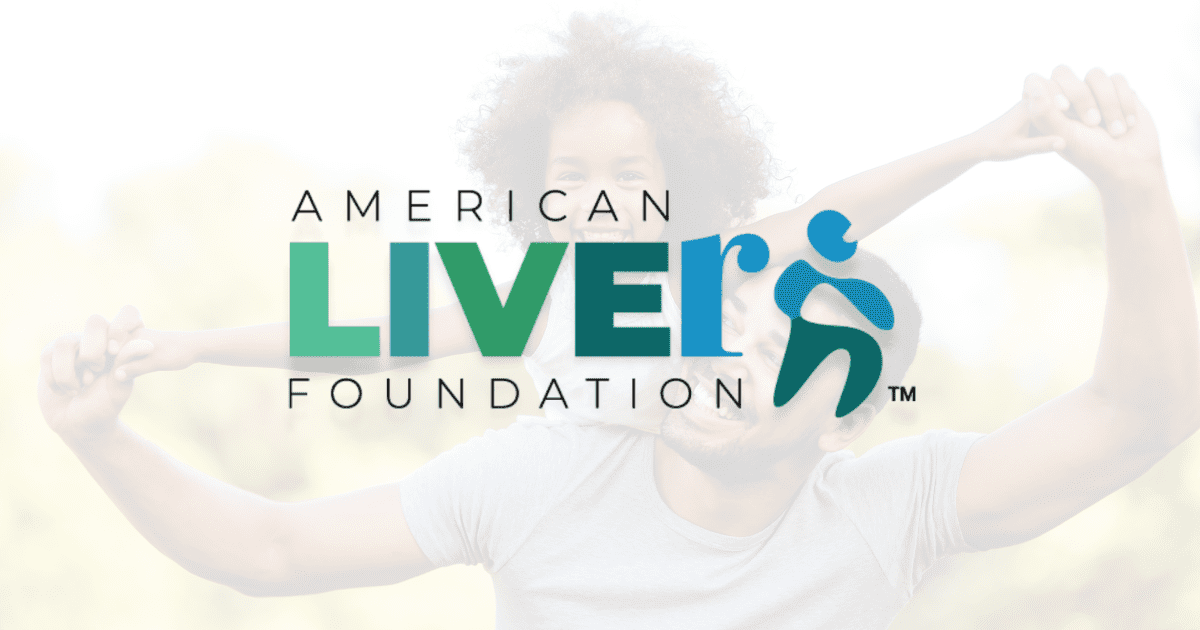Given the new parents in the group I thought a post about Tylenol is in order. While normally safe Tylenol (aka: acetaminophen) can cause liver damage if not used properly, especially in children. This problem was well stated in this statement by Caroline Riely, MD on behalf of The American Liver Foundation before the FDA;
Be careful people....especially when it comes to securing acetaminophen formulations so the kiddies can't use it on their own. We locked them in a strongbox. Overkill perhaps, but we slept a lot better.
Acetaminophen, normally a very safe drug, is a hepatotoxin when dosed incorrectly under certain conditions. The therapeutic window for this agent is narrow – the usual adult dose is 1gram (2 pills) PO q 4 hours, but a single dose of 20 grams (40 pills) can cause lethal hepatotoxicity. While many believe 4 grams (8 pills) is a safe level, even for those who regularly use alcohol, some suggested that this group might find it more prudent to look at a maximum dose of 2 grams in consultation with their physician.
Acetaminophen is a constituent of many combination medications, both over the counter and prescribed. So a patient may take two forms of acetaminophen without being aware of that fact – for example, a patient may use Tylenol PM and Percocet, and may inadvertently exceed the safe dose.
This is particularly a problem in the pediatric population. Well-meaning parents administering multiple doses can reach a toxic dose, inadvertently resulting in liver injury. In this age group the problem is magnified by the multiple formulations available. The parent may not be aware that the preparation advised for infants, a concentrated form given in drops, is much more potent than the syrup administered by the teaspoon in older children. Using the infant formula, but given by the spoonful, for toddlers may inadvertently result in injury to the liver.
We are concerned that present marketing practices make it very difficult to find the standard dose formulation, the 325 mg pills, on the shelf in the drug store or discount store. As a result, the consumer thinks that the “extra strength†preparation is the only one available. Given the narrow therapeutic window, this failure to market the lower dose may contribute to increased adverse events.
Acetaminophen is a constituent of many combination medications, both over the counter and prescribed. So a patient may take two forms of acetaminophen without being aware of that fact – for example, a patient may use Tylenol PM and Percocet, and may inadvertently exceed the safe dose.
This is particularly a problem in the pediatric population. Well-meaning parents administering multiple doses can reach a toxic dose, inadvertently resulting in liver injury. In this age group the problem is magnified by the multiple formulations available. The parent may not be aware that the preparation advised for infants, a concentrated form given in drops, is much more potent than the syrup administered by the teaspoon in older children. Using the infant formula, but given by the spoonful, for toddlers may inadvertently result in injury to the liver.
We are concerned that present marketing practices make it very difficult to find the standard dose formulation, the 325 mg pills, on the shelf in the drug store or discount store. As a result, the consumer thinks that the “extra strength†preparation is the only one available. Given the narrow therapeutic window, this failure to market the lower dose may contribute to increased adverse events.



 they had me taking 750mg of Vicodin every 4 hrs & 2 hrs after each of those was 100mg of Demerol for ~4 months. Great for making you drool all over everything while staring intently at spots on the wall, but not very enjoyable IMO
they had me taking 750mg of Vicodin every 4 hrs & 2 hrs after each of those was 100mg of Demerol for ~4 months. Great for making you drool all over everything while staring intently at spots on the wall, but not very enjoyable IMO 


Comment